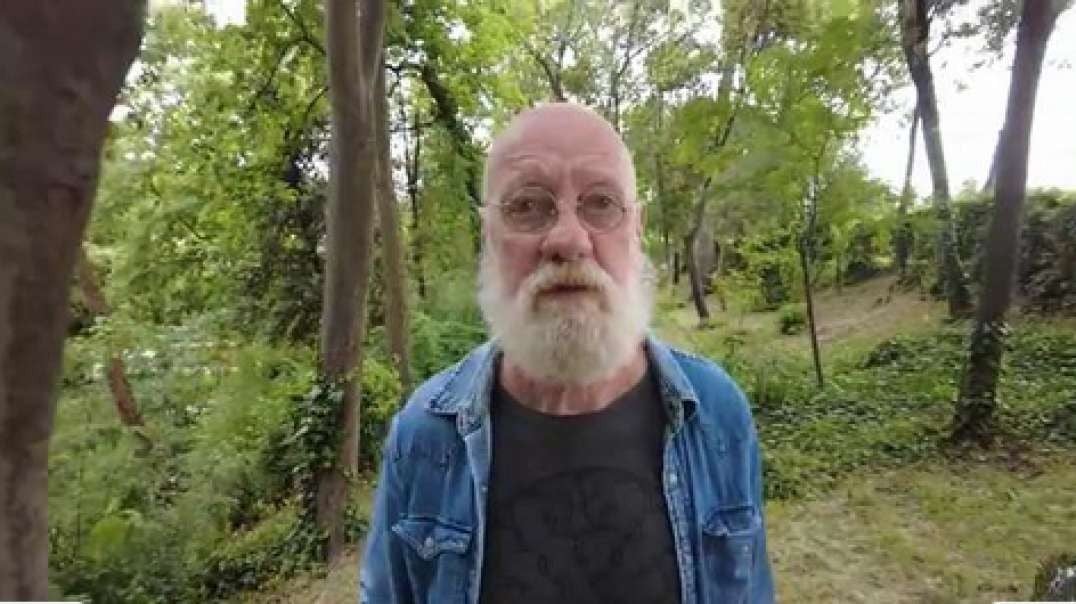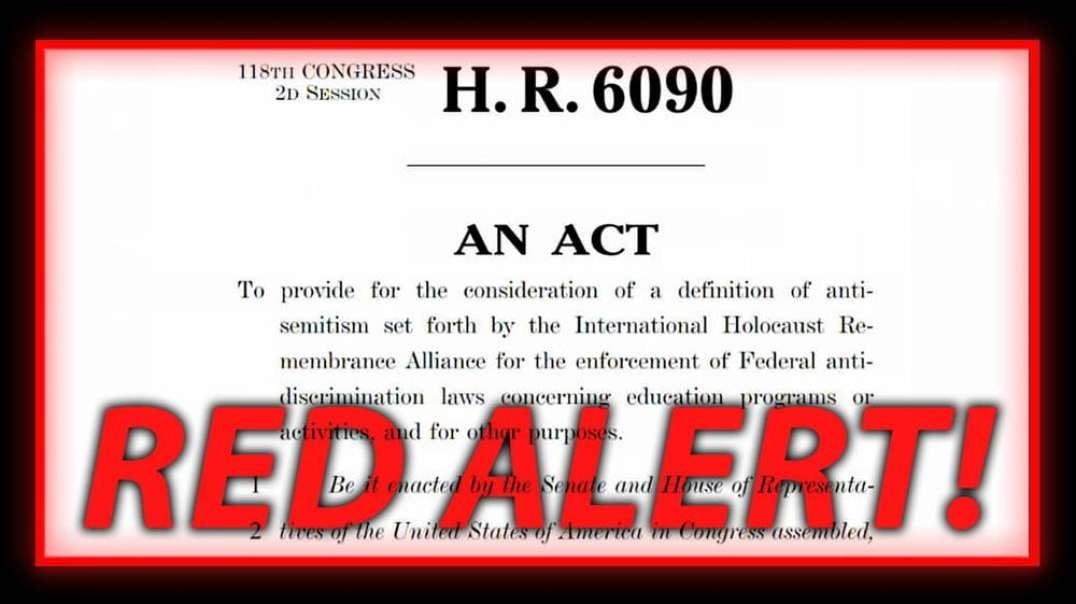Red Bird Talk About Abusive Buddhist Spousal Abandonment | Distracted Driving Using Radios Florida
https://odysee.com/@Publish:6/Cultists:d
https://odysee.com/@Publish:6/yolo:aa
https://odysee.com/@Publish:6/spousal-abuse:a
https://odysee.com/@Publish:6/housing-discrimination:f
Fully furnished, WiFi, utilities, professional daily cleaning, quiet and safer neighborhood 30 minutes from downtown, private full bath unlimited guests and RV or large truck parking for $45 a day.
https://odysee.com/best-of-jacksonville-2024
They will know you are Christian because you criminally drive distracted while talking on radios saying you are going to church excessive times.
https://ncvec.org/downloads/Technician%20Pool%20and%20Syllabus%202022-2026%20Public%20Release%20Errata%20March%207%202022.pdf
https://www.arrl.org/online-exam-session
Released on January 17, 2022
Modification of Public Release issued on January 17, 2022
1 Question Deletion:
T7D05 withdrawn from use
The remaining questions in T7D were not renumbered
Modification of Public Release issued on January 6, 2022
5 Question Modifications:
T4A07 replaced : (semi-colon) with . (period) in distractors
T5C08, T5D01, T5D02, T5DO3 reverted ‘V’ to ‘E’
2022-2026 Technician Class
FCC Element 2 Question Pool Syllabus
Effective 7/01/2022 – 6/30/2026
SUBELEMENT T1 – COMMISSION’S RULES - [6 Exam Questions - 6 Groups] 67 Questions
T1A - Purpose and permissible use of the Amateur Radio Service; Operator/primary station license grant;
Meanings of basic terms used in FCC rules; Interference; RACES rules; Phonetics; Frequency Coordinator
T1B - Frequency allocations; Emission modes; Spectrum sharing; Transmissions near band edges; Contacting the
International Space Station; Power output
T1C - Licensing: classes, sequential and vanity call sign systems, places where the Amateur Radio Service is
regulated by the FCC, name and address on FCC license database, term, renewal, grace period, maintaining
mailing address; International communications
T1D - Authorized and prohibited transmissions: communications with other countries, music, exchange of
information with other services, indecent language, compensation for operating, retransmission of other
amateur signals, encryption, sale of equipment, unidentified transmissions, one-way transmission
T1E - Control operator: eligibility, designating, privileges, duties, location, required; Control point; Control types:
automatic, remote
T1F - Station identification; Repeaters; Third party communications; Club stations; FCC inspection
SUBELEMENT T2 - OPERATING PROCEDURES - [3 Exam Questions - 3 Groups] 36 Questions
T2A - Station operation: choosing an operating frequency, calling another station, test transmissions; Band
plans: calling frequencies, repeater offsets
T2B – VHF/UHF operating practices: FM repeater, simplex, reverse splits; Access tones: CTCSS, DTMF; DMR
operation; Resolving operational problems; Q signals
T2C – Public service: emergency operations, applicability of FCC rules, RACES and ARES, net and traffic
procedures, operating restrictions during emergencies, use of phonetics in message handling
SUBELEMENT T3 – RADIO WAVE PROPAGATION – [3 Exam Questions - 3 Groups] 34 Questions
T3A - Radio wave characteristics: how a radio signal travels, fading, multipath, polarization, wavelength vs
absorption; Antenna orientation
T3B - Electromagnetic wave properties: wavelength vs frequency, nature and velocity of electromagnetic waves,
relationship of wavelength and frequency; Electromagnetic spectrum definitions: UHF, VHF, HF
T3C - Propagation modes: sporadic E, meteor scatter, auroral propagation, tropospheric ducting; F region skip;
Line of sight and radio horizon
SUBELEMENT T4 – AMATEUR RADIO PRACTICES – [2 Exam Questions - 2 Groups] 24 Questions
T4A – Station setup: connecting a microphone, a power source, a computer, digital equipment, an SWR meter;
bonding; Mobile radio installation
T4B - Operating controls: frequency tuning, use of filters, squelch function, AGC, memory channels, noise
blanker, microphone gain, receiver incremental tuning (RIT), bandwidth selection, digital transceiver
configuration




















